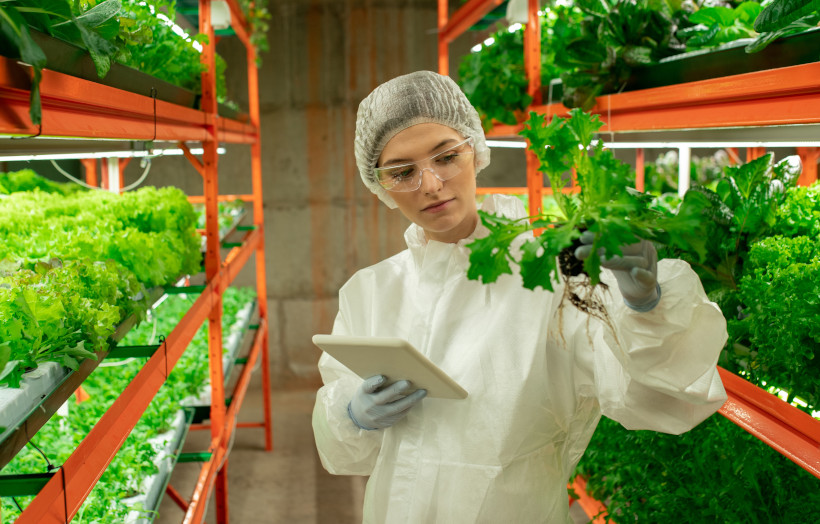This article has been translated with DeepL.
NEW RESEARCH | How to make horticulture more innovative
- Published: 20 Apr 2023,
- 12:00 AM
- Updated: 20 Apr 2023,
- 12:30 PM

Swedes are increasingly eating more fruit and vegetables. This forces a struggling horticultural industry to work even more with innovative methods.
In 20 years, Swedish consumption of fruit, berries and vegetables has doubled. This is of course positive for the horticultural industry, but as imports are also increasing and pushing down prices, it poses challenges for Swedish companies that grow and produce fruit and vegetables.
– New knowledge and innovation are needed to meet the profitability challenges and to meet consumer demands and expectations for Swedish-grown products,” says Lisa Blix Germundsson, Swedish University of Agricultural Sciences.
The sweet potato innovation


Innovation in horticulture can range from finding new sales channels or creating new packaging for products, to developing new varieties of fruit and vegetables.
– Sweet potatoes have become an extremely popular product with Swedish consumers and were previously imported because they are heat-intensive. But since 2014 we have been growing it in Sweden, with varieties that can withstand cooler climates.
– Weed control in organic farming is another innovation in horticulture. Innovative methods are needed to avoid weeds, including working with tillage and sowing time,” says Lisa Blix Germundsson.
Several objectives to achieve
In addition to competition with imported fruit and vegetables, the industry faces several other challenges. At national and EU level, there are a variety of targets for businesses to meet. Production, food safety and social, economic and environmental sustainability are examples of target areas.
At the same time, several national and international reports conclude that the current knowledge and innovation system in the Swedish agricultural sector is insufficient to deal with the challenges of today and tomorrow. And money is scarce, as government funding for research and advice in the horticultural sector has fallen sharply since deregulation. According to Lisa Blix Germundsson, the situation is problematic.
– It is, of course, a major challenge to achieve so many targets at a time when support for research and advisory services in the sector has been significantly reduced. To support the development of new knowledge and innovation in Sweden, the link between research and practice in horticulture needs to be strengthened,” she says.
Networking and dialogue bring innovation
In her doctoral thesis, Lisa Blix Germundsson has studied what can be done to strengthen the knowledge and innovation system in the sector, given the existing conditions. Among other things, she has studied various collaborative platforms that work to connect the needs of the horticultural industry with expertise in research.
– We can see that networking, dialogue and a focus on practical benefits are central to the knowledge and innovation system.
– For example, when an entrepreneur with local knowledge meets a researcher with their type of knowledge, they learn together. This requires resources but is essential for horticultural businesses to gain innovative strength and meet the challenges they face.
What messages do you have for entrepreneurs and policy makers?
– If you want to create something with impact, you need to be open to meeting people with different skills and discussing what needs to be done. The dialogue can usefully focus on practical benefits. Finally, seed funding is needed to test new ideas and methods,” says Lisa Blix Germundsson.
Contact lisa.germundsson@slu.se
More about the thesis
Lisa Blix Germundsson recently defended her thesis Knowledge and innovation systems in Swedish horticulture: A study of multiactor collaboration for impact. It is available as a pdf.



